Top 27 Graph Databases
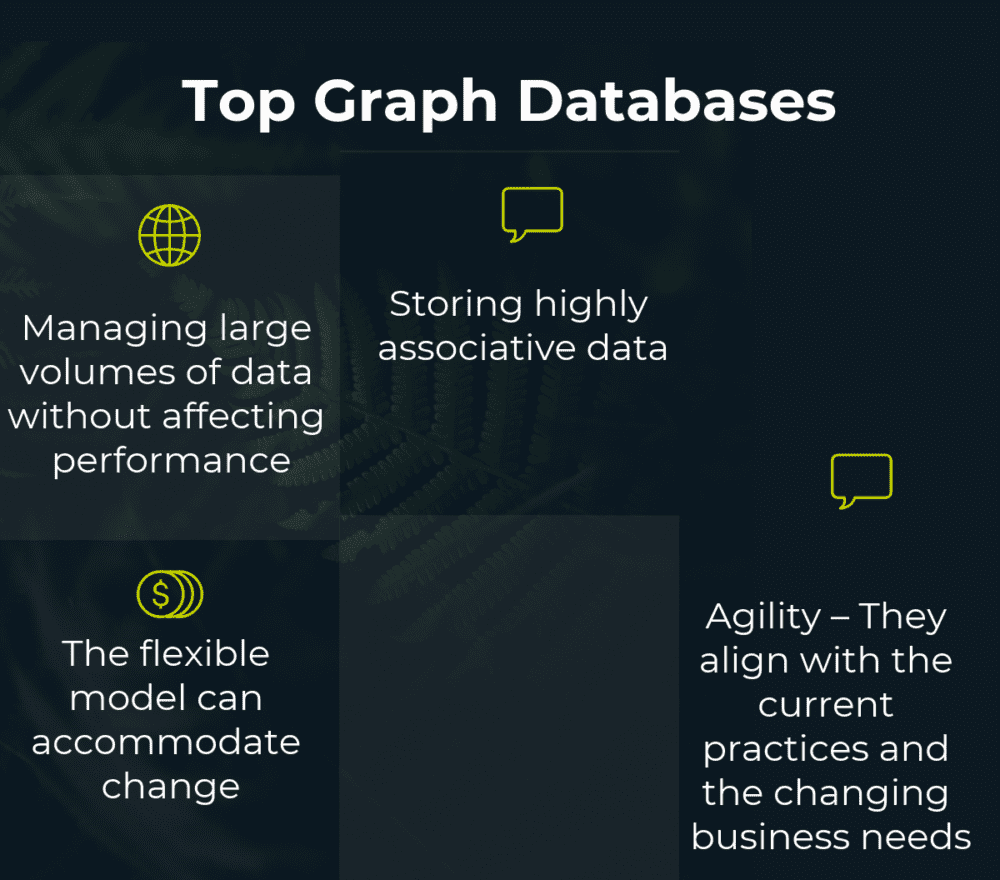
Many companies in the contemporary business environment deal with Big Data and need to utilize the right tools to manage large volumes of data. Companies are constantly facing extreme competition and the business world is constantly changing in terms of how businesses handle data. For this reason, businesses must find a way to leverage their data by using the best database technologies.
They need database systems that can represent and visualize data in a simple and clear manner. Graphs are extremely powerful tools because they help people in the business world and other settings to understand datasets by representing data in a simplified form.
With the right graph database, businesses can visualize their data in the form of graphs and manage it to improve their overall performance. Many organizations have embraced graph databases because they have realized the importance of this database technology.
What are the Top Graph Databases: ArangoDB, Neoj, OrientDB, AllegroGraph, Ontotext GraphDB, Titan, Stardog, Graph Story, GraphBase, Dgraph, Blazegraph, Oracle NoSQL Database, Oracle Spatial and Graph, HyperGraphDB, Sqrrl Enterprise, Aster, Sparksee, VelocityGraph, IBM System G Native Store, Graph Engine, ThingSpan, Bitsy, Apache Giraph, FlockDB, InfoGrid, grapholytic, Weaver are some of the Top Graph Databases.
What are Graph Databases?
A graph database is based on graph theory, uses nodes, properties, and edges and provides index-free adjacency. These database uses graph structures with nodes, edges, and properties to represent and store data. Every element contains a direct pointer to its adjacent elements and no index lookups are necessary in a graph database.
Graph databases are types of NoSQL databases that are based on graph theory or the graph data model. These databases comprise of nodes that represent entities and edges that represent relationships or connections between nodes. Each node has a unique identifier, outgoing and/or incoming edges, and properties or key-value pairs.
Every edge has a unique identifier, properties, a starting node, and an ending node. Nodes and edges are sometimes tagged with labels that represent roles. Graph databases are useful in domains where entities and relationships are equally important. They assemble the simple concepts of nodes and relationships between nodes into connected structures allowing users to build models and map their problems.
Graph database users can build simpler and easy-to-understand models that are difficult to build with other NoSQL databases and conventional relational databases. The expressive structure of a graph allows users to model all any scenario. There are many types of graph databases with different features. The best product will depend on your company’s needs and preferences.
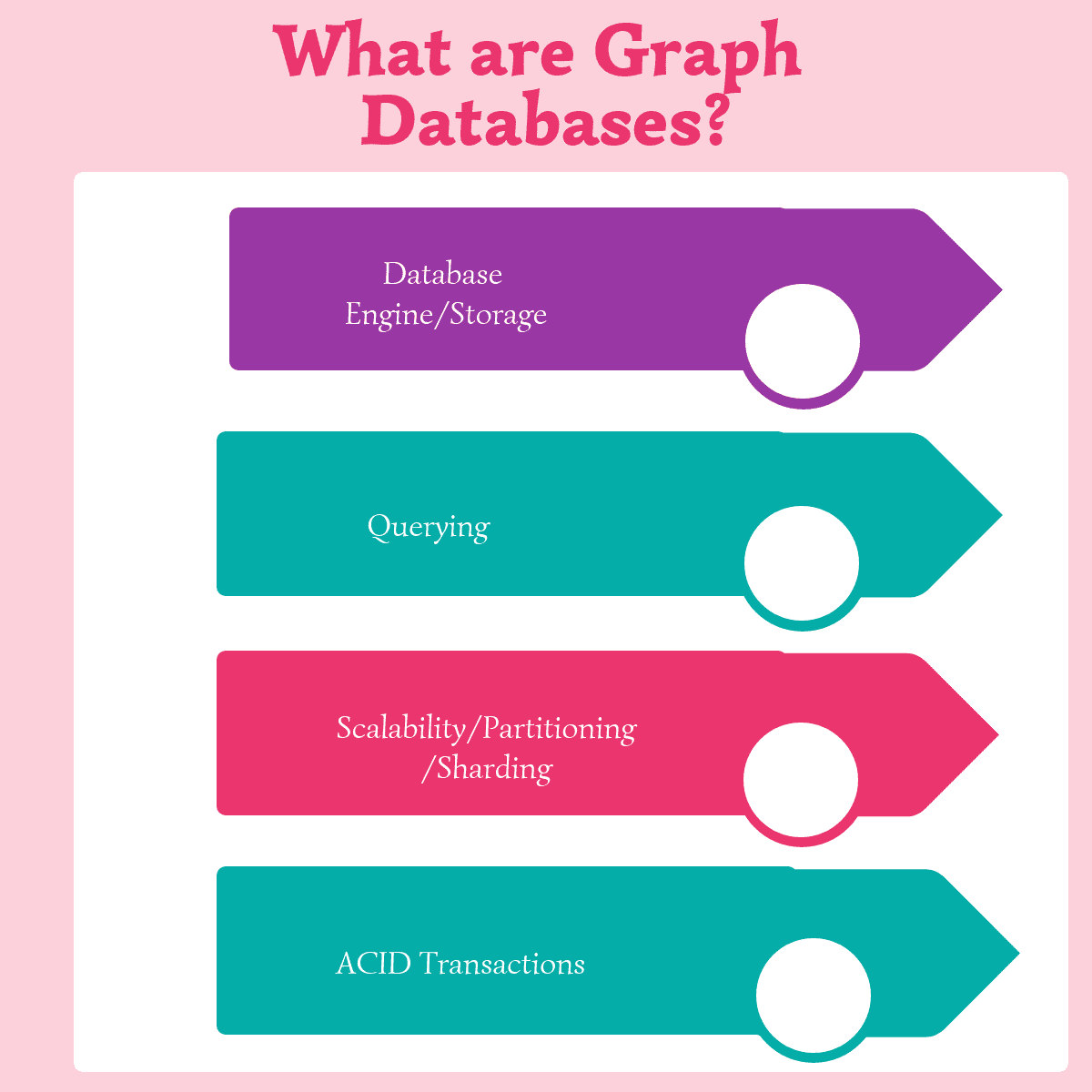
What are Graph Databases
- Database Engine/Storage: Graph storage is one of the most important features of all graph databases. This feature allows database users to store information in the form of graphs. The database engine provides processing and indexing capabilities for quick storage, querying, indexing, and retrieval. Graphs databases with advanced indexing capabilities allow users to quickly retrieve graphical information from large databases.
- Querying: This is an essential feature in all database management systems. Graph databases usually use the associated graph model and the simplest querying technique is known as the index-free adjacency. Query capabilities allow users to look for nodes, scan neighbouring nodes, retrieve edges, and retrieve attribute values. Users can also perform more complex queries.
- Scalability/Partitioning/Sharding: Although it is difficult to scale graph data across multiple servers, it is possible to scale for large datasets, read performance, and write performance. The availability of this feature and scaling capabilities depend on the product you are using.
- ACID Transactions: All databases systems have transaction processing capabilities. Graph databases include the tools needed to create, read, modify, and delete information. They also include features such as real-time analytics and reporting. Graph databases also implement ACID (Atomicity, Consistency, Isolation, and Durability) capabilities to ensure persistent, consistent, and complete transactions.
Some of the benefits include:
- Managing large volumes of data without affecting performance.
- Storing highly associative data.
- The flexible model can accommodate change.
- Agility – They align with the current practices and the changing business needs
Top Graph Databases
ArangoDB
ArangoDB helps to arrange the data in a very creative and flexible way. The data can be stored as key or value pairs, graphs or documents and all of this can be accessed by just one query language. For safer option more than declarative models can be used in the query. The reason why users can combine different models and their features in one query is because ArangoDB uses the same core and same query language for all the data models. If a new product is being developed then every now and then new ideas are generated and the model…
Neoj
Neoj is an application which employs the application of graphs to give a detailed insight into a chunk of data. There are many connections inside a big data and neoj helps you to find the intertwining links between them with the help of its visually interactive graphs. A graph database helps you explore a huge piece of information in an astute manner through Neoj. The old conventional methods of fitting data into predefined tables are long gone. These methods have been dethroned by Neoj which promises an intuitive data model which can shape shift itself in minutes as the business…
OrientDB
OrientDB features a 2nd generation distributed graph database that is unique, multi model graph database that offers flexibility for documents all in one product. It includes replication and sharding that can be used in most complex use cases and with an open source that is compatible with Apache 2 license. OrientDB works fast and capable of storing 220,000 records per second on most common hardware and supports schema less, full and mixed modes including SQL as one of the query language used. OrientDB provides safety in all confidential data that is present with the use of authentication, password and data-at-rest…
AllegroGraph
AllegroGraph uses well-organized memory operations which are basically combined with a lot of disk storage so that maximum efficiency can be achieved. It supports SPARQL, RDFS++ and Prolog reasoning for various client requirements. The most highlighting new feature of AllegroGraph database is the 3D and multidimensional geospatial functionality. The data will not look flat on the screen rather it will have many facets which will provide with the opportunity of explaining the phenomenon in a better way. It is enabled with full and fast recoverability and there’s hardly ever a chance of losing the data. There is also a better…
Ontotext GraphDB
Ontotext GraphDB is a semantic graph database that helps organizations manage, store and organize contents into a smart data. This NoSQL database handles huge amount of queries in real time. Using smart data management works on products and services information in a faster speed. By flawlessly exposing, mixing and sharing data in different platforms, smart data management is achieved as there would be detailed information when it comes to mapped relationships. OntotextGraphDB makes it easier to classify, reuse and combine information since data are stored in atomic facts. Updating and adding new data are easier to manage as well in…
Titan
Titan is a graph database provider for better business data storage and querying graphs that may contain billions of nodes and edges. It can support multiple users that can access the graph database information real time and make updates and changes at the same time.Titan allows linear an elastic scalability for accommodating bigger amount of data as well as number of users that can execute updates on the graphs. Other features would be distribution and replication of data for better performance with multi-datacenter that provides high availability to unsure backups. It also comes with other storage backends such as Apache…
Elastic and linear scalability for a growing data and user base.
Data distribution and replication for performance and fault tolerance.
Multi-datacenter high availability and hot backups.
Support for ACID and eventual consistency.
Support for various storage backends.
Support for global graph data analytics, reporting, and ETL through integration with big data platforms.
Support for geo, numeric range, and full-text search.
Native integration with the TinkerPop graph stack.
Open source with the liberal Apache 2 license.
Stardog
Stardog provides more insight, faster and easier. It unifies enterprise data that is based on semantic graphs, schema alignment, data modeling, and deep reasoning. With smart graph database technology, doing query, searches, inference and data virtualization has never been easy and effective.The latest version of Stardog supports RDF graph data model, SPARQL query language, property graph model as well as Gremlin graph traversal language. Stardog’s High Availability clusters ensure that any failure will not affect the applications that depend on a single machine. Using clustered version can immediately resolve failures by automatically creating multiple copies of the service to make…
Graph Story
Graph Story can help get answers in real-time, scale cost-effectively, and without long-term contracts. Graph Story can help users be successful in building graph-powered application. Users can Get access to a proven and scalable option to manage complex, highly-connected data. Graph Story has technical experts and advanced tools to monitor and help optimize databases for optimal performance. Users talk to real human beings who built the platform. None of Graph Story plans artificially limit the amount of data users can store or request. No arbitrary caps on the number of nodes or relationships. It runs daily, weekly, and monthly hot…
• No artificial limits
• Automatic hot backups
• 24 x 7 monitoring
• Multi-cloud
• Graph Story Control Panel
• Enterprise Security for All
• Metrics Dashboard
• Scaling to your needs
• Graph Plug-ins
free trial available; start-up price $19.99/ mo. ; Growth price $109.99/mo.; Enterprise price contact on site
GraphBase
GraphBase works like magic when it comes to handling complex data which needs to be converted into arranged form. GraphBase has always been used for handling large unprocessed data because it is the best when it comes to utility, performance and scalability. This graphical database can absolutely convert any data into the most sophisticated graphs ever seen. It has graph focused tools which arrange the data into an external graph and deliver it and then after all the manipulation and processing convert that graph into Java POJOs with a single line of code. With GraphBase perfect graph suitable for a…
Dgraph
Dgraph is an open source, scalable, distributed, highly available and fast graph database, designed from ground up to be run in production. Dgraph started with the idea that every startup should be able to have the same level of technology as run by big giants. Dgraph was designed from ground-up to allow data sharing, horizontal scalability, consistent replication, and a fast and distributed architecture. By building a truly robust piece of technology, Dgraph can have users run only one database, which allows arbitrarily complex queries while providing rock solid performance. The recent release of Dgraph is packed with new features…
• Production Features
• Data Sharing
• Horizontal Scalability
• Linearizability aka Atomic Consistency
• Hot backups in RDF format available using the HTTP interface
• HTTP API for queries and mutations
• Communication using clients over binary protocol using grpc
• Bulk loading of graph data
• Optional schema
• Geospatial Queries
• GraphQL like which responds in JSON
• SSL/TLS and auth token based security (support by v1.0)
Contact for Pricing
Blazegraph
Blazegraph is a powerful graph database that offers flexibility in all linked data. Its scalable and high performance database supports the Blueprints and RDF/SPARQL APIs. Blazegraph can work on billions of edges on single machine and has high availability and scale out architecture. Blazegraph deployment mode offers three different features that can match a particular need of the user. The Single Server and Embedded deployment mode supports RDF/SPARQL and Apache TinkerPop APIs. It can support up to 50 billion edges using fast disk I/O with large CPU cores and generous amount of RAM. Blazegraph’s High Availability deployment mode uses shared-nothing…
Oracle NoSQL Database
Oracle NoSQL Database provides a reliable and flexible data management of configurable set of nodes. This particular scalable and NoSQL database can be highly trusted when it comes to businesses managing all their data to ensure effectivity.Using graph database uses nodes and edges to represent an entity that establishes relationship and connections. Oracle NoSQL Database, a sharded system, allocates data uniformly across other shards in the groups. Storage nodes are then replicated to establish high availability to maintain consistency.Oracle NoSQL Database is integrated with different Oracle and open source applications to work on development and operation of big data applications…
Oracle Spatial and Graph
Oracle Spatial and Graph is one of the leading graphical databases that are available in the industry at the moment. It supports a wide range of geospatial data and can easily analyze any kind of land management and GIS without much difficulty. It also provides mobile location services, transportation and location-enabled business intelligence. Other services included in the Oracle Spatial and Graph are LiDAR analysis and sales territory management. Coming on to the features, the Oracle Locator which is a cost free feature of Oracle Database Standard and Enterprise Editions provides the user with fast processing, location query and analysis…
HyperGraphDB
HyperGraphDB is an open source data storage mechanism based on the powerful directed hypergraphs. It provides with all the data modelling knowledge and has a lot of memory for large information. It is equipped with N-ary and out of box Java OO database. It offers with customizable indexing and storage management which is essential when working with graphical representation because an unprocessed and complex data constantly needs to be edited and modified. Another powerful feature is the extensible, dynamic database schema through custom typing which gives an altogether different look to the graphs and is fully transactional and multi-threaded so…
Sqrrl Enterprise
Sqrrl Enterprise is a security analytics company that helps organizations to target, hunt and disrupt cyber threats that will affect their business. In this day and age wherein technology is not only used for advancements but also for crimes, most organizations are prone to cyber threats and Sqrrl Enterprise is a tool that can be used to help stop it from happening.The program uses machine learning and hunts effectively the threats to avoid losses and damage to the organization. Sqrrl Enterprise reduces the attacker dwell time by detecting its behavior faster and by using fewer resources effectively. This gives the…
Aster
Aster is a revolutionary technology which promises to do big data analysis in lighting fast speeds with minimum resource outlays. This highly charged suite for analysis is the best choice for visually stunning and swift representations for SQL, map reduce as well as in detail graphical representations. Its massive parallel design helps to boost performance by carrying out loads, queries, backups, installs etc. in parallel for rapid insight discoveries. Another feature of this award winning analytical suite is that you can couple up multiple analytic engines of your own choice ( SQL-MR, SQL-GR, R and SQL) based on your own…
Sparksee
Sparksee by Sparsity Technologies is the newest, most revolutionized product which is high-performance graphical database. It is known for making space and performance compatible with just a small effort and large outcome. It is available for .Net, C++, Python, Objective-C and Java. It is the first application that is available on both Android and iOS. Sparksee specializes in compressing large data into smaller representations which are easily to view. In every representation, values are viewed only once so that there isn’t any unnecessary repetition of numbers or figures. It provides direct access to operating systems which helps to avoid excess…
VelocityGraph
VelocityGraph is a graph database that offers the fastest and scalable database that a particular enterprise can take advantage in order to manage their business information well and effectively. It works on multiple computer platforms such as Windows 10 PC and Phone, Xbox, Xamarin iOS, Android and Linux.VelocityGraph can help save money and time while getting a data structure for most of your applications. With the huge amount of data a particular business may have, the memory that you are using may not be enough over the period of time. Using VelocityGraph saves the amount of memory needed without sacrificing…
IBM System G Native Store
IBM System G Native Store is a provider of graph database that handles different types of graphs such as property graphs and RDF like graphs while working on storage, analytics and visualization of the whole system. It offers both Scale Up features that use memory and storage of single machines while the Scale Out can distribute to multiple machines.IBM System G Native Store does not only offers unrelenting graph storage but also provides sequential, concurrent and distribute graph runtimes, C++ graph programming APIs, CLI command set, socket client, socket client GUI and visualization toolkits. IBM System G Native Store is…
Graph Engine
Graph Engine is a distributed, in memory made with large graph processing engine with powerful RAM storage. This distributed RAM provides high performance key-value store over a group of machines. This makes users easily access the data in the system, do updates, necessary changes that needs to be done in order to have efficient relationships or connections in the graph database. Graph Engine’s is capable of exploring data in a speedy manner and distributed parallel computing due to its large graph processing platform. Graph Engine supports low-latency online query as well as high-thought output offline analytics regardless a billion-node sized…
ThingSpan
ThingSpan can help to find the way out of any graphical trouble that can come across. It is a purpose-built, scalable graph analytics platform that integrates with Apache Spark and HDFS (Hadoof Distributed File System). If the graph is very large and is distributed over a very complex data then ThingSpan can help to navigate the path and follow queries to find the right way. It supports parallel pattern finding and predictive analytics in combination with Spark components such as MLlib, Graph X and Spark SQL. With the help of ThingSpan a single logical view of all the data representation…
Bitsy
Bitsy is a tiny yet fast, embeddable, high storage DB that implements the Blueprints API. It supports the basic features such as key indices and threaded transactions and efficiently implements positive concurrency controls. It stores the data serial wise using the Jackson JSON Processor. The data can be recovered and chances of losing it due to power failures are null. Online backup is also provided through JMX interface. The main features of Bitsy are very interesting and of course helpful. It follows optimistic concurrency which uses the best practices to retry transactions. Furthermore with the help of Bitsy, algorithms can…
Apache Giraph
Apache Giraph is an iterative graph processing system built for high scalability. For example, it is currently used at Facebook to analyze the social graph formed by users and their connections. Giraph originated as the open-source counterpart to Pregel, the graph processing architecture developed at Google and described in a 2010 paper. Both systems are inspired by the Bulk Synchronous Parallel model of distributed computation introduced by Leslie Valiant. Giraph adds several features beyond the basic Pregel model, including master computation, sharded aggregators, edge-oriented input, out-of-core computation, and more. With a steady development cycle and a growing community of users…
• Master computation
• Sharded aggregators
• Edge-oriented input
• Out-of-core computation
Contact for Pricing
FlockDB
FlockDB is a distributed graph database for storing adjancency lists, with goals of supporting: a high rate of add/update/remove operations; potientially complex set arithmetic queries; paging through query result sets containing millions of entries; ability to "archive" and later restore archived edges; horizontal scaling including replication; and online data migration. FlockDB is much simpler than other graph databases such as neo4j because it tries to solve fewer problems. It scales horizontally and is designed for on-line, low-latency, high throughput environments such as web-sites. Twitter uses FlockDB to store social graphs (who follows whom, who blocks whom) and secondary indices. As…
• a high rate of add/update/remove operations
• potientially complex set arithmetic queries
• paging through query result sets containing millions of entries
• ability to "archive" and later restore archived edges
• horizontal scaling including replication
• online data migration
Contact for Pricing
InfoGrid
InfoGrid is a Web Graph Database with a many additional software components that make the development of REST-ful web applications on a graph foundation easy. InfoGrid is open source, and is being developed in Java as a set of projects. As powerful as InfoGrid is, it derives much of its power from just a handful of core ideas. Users can develop perfectly fine InfoGrid applications with applying just the first two ideas. But the more of these code ideas users apply, the more value users get out of InfoGrid. All information in InfoGrid is represented as objects, called MeshObjects. Each…
• (Blob) Store abstraction w/ a variety of implementations
• RDBMS joins (e.g. files, MySQL, Hadoop, S3…) and automatic mapping don’t scale
• Conceptual model/schema w/ run-time enforcement
• Tables are not web native at all
• Most of the data important to applications lives elsewhere infogrid.org
• Graph traversal instead of joins
• All data objects automatically have a URL (REST-ful);
• Tables are not multiple output representations for each URL web native at all
• Objects can change type(s) at run-time
• Cached in memory until not needed any more
• XPRISO and Probe framework automatically make important to external data appear as local/native applications lives
• Automatic/adaptive, incremental updates w/ events elsewhere • Library of Probes infogrid.org
• Library of Probes Plus: GUI template framework, complex traversals and events, ability to distribute P2P-style, modules, identity awareness
Contact for Pricing
grapholytic
grapholytic by MIOsoft is the leading approach to get the best results out of the combination of Graph DB and highly scalable object database architecture. It is the only database with automatic based distribution of graphs to cluster nodes using advanced machine learning algorithms. No Limits for scalability. Binding Data to CPU power: enabling parallel processing and advanced performance for analytical processing. Combining In-Memory Computation and Low Cost storage for enterprise computation scenarios. Users do not want to write lines and lines of SQL code to find the nearest way between two places. Users do not want to execute dozens…
• support Neo4J’s Cypher programming language
• highly scalable object database architecture
• automatic based distribution of graphs to cluster nodes using advanced machine learning algorithms
• No Limits for scalability
• Binding Data to CPU power
Contact for Pricing
Weaver
Weaver Alpha is a scalable, fast, consistent graph store. Weaver is a distributed graph store that provides horizontal scalability, high-performance, and strong consistency. Weaver enables users to execute transactional graph updates and queries through a simple python API. For example, users can create a user (node) and a link (edge) of a specified type in a single transaction. Users can also query a user's friends-of-friends in another transaction. Weaver dynamically migrates portions of the graph across shards to maintain graph locality and minimize communication. Weaver also enables users to cache results of graph computation at the nodes. Weaver has a…
• Weaver achieves over 12x higher throughput than Titan on an online social network workload similar to that of Tao. In addition, Weaver also achieves 4x lower latency than GraphLab on an offline, graph traversal workload
• Weaver is a high-performance, transactional, and scalable online data store for graphs.
• In addition to the native C++ binding, Weaver provides a Python client that users can program against.
Contact for Pricing
Weaver What are Graph Databases? A graph database is based on graph theory, uses nodes, properties, and edges and provides index-free adjacency. These database uses graph structures with nodes, edges, and properties to represent and store data. Every element contains a direct pointer to its adjacent elements and no index lookups are necessary in a graph database. What are the Top Graph Databases? ArangoDB, Neoj, OrientDB, AllegroGraph, Ontotext GraphDB, Titan, Stardog, Graph Story, GraphBase, Dgraph, Blazegraph, Oracle NoSQL Database, Oracle Spatial and Graph, HyperGraphDB, Sqrrl Enterprise, Aster, Sparksee, VelocityGraph, IBM System G Native Store, Graph Engine, ThingSpan, Bitsy, Apache Giraph, FlockDB, InfoGrid, grapholytic, Weaver are some of the Top Graph Databases.




























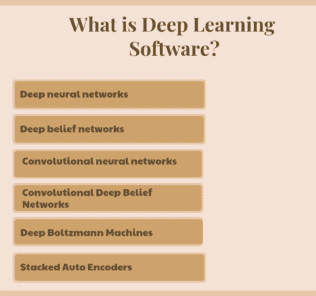
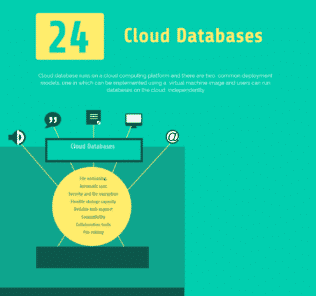
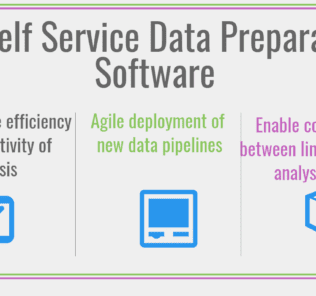

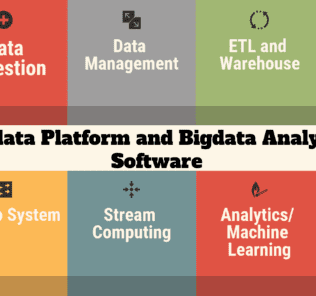
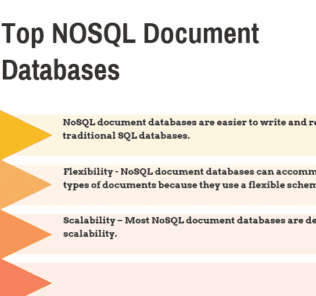




ADDITIONAL INFORMATION
It’s a good starting point, but maybe you’d like to refine this list… I am a Microsoft guy, but I don’t find any reason to rank first a product like Horton which is still in MS Research Labs, having no production or customer references. Moreover, another mature player is missing here: OrientDB, which instead has a reasonable and convincing customers’ list…
ADDITIONAL INFORMATION
Check out Graph Story. We offer fast, secure and affordable access to graph databases-as-a-service and make them even easier to use through our customized API.
ADDITIONAL INFORMATION
Hi… The HiperGraphDB was with a wrong title “ArangoDB” in the list
ADDITIONAL INFORMATION
AnzoGraph is a native, Massively Parallel Processing (MPP) distributed Graph OLAP (GOLAP) database, providing hyperfast advanced analytics at Big Data scale.
ADDITIONAL INFORMATION
RedisGraph is a fast in memory Graph Database based on Redis, utilizing linear algebra and according to the latest benchmarks the fastest in the market
ADDITIONAL INFORMATION
Hi Imanuel
Everywhere in your serious analysis, there is a vendor you call “neoj”.
Do you mean neo4j ?…
Thanks
Laurent